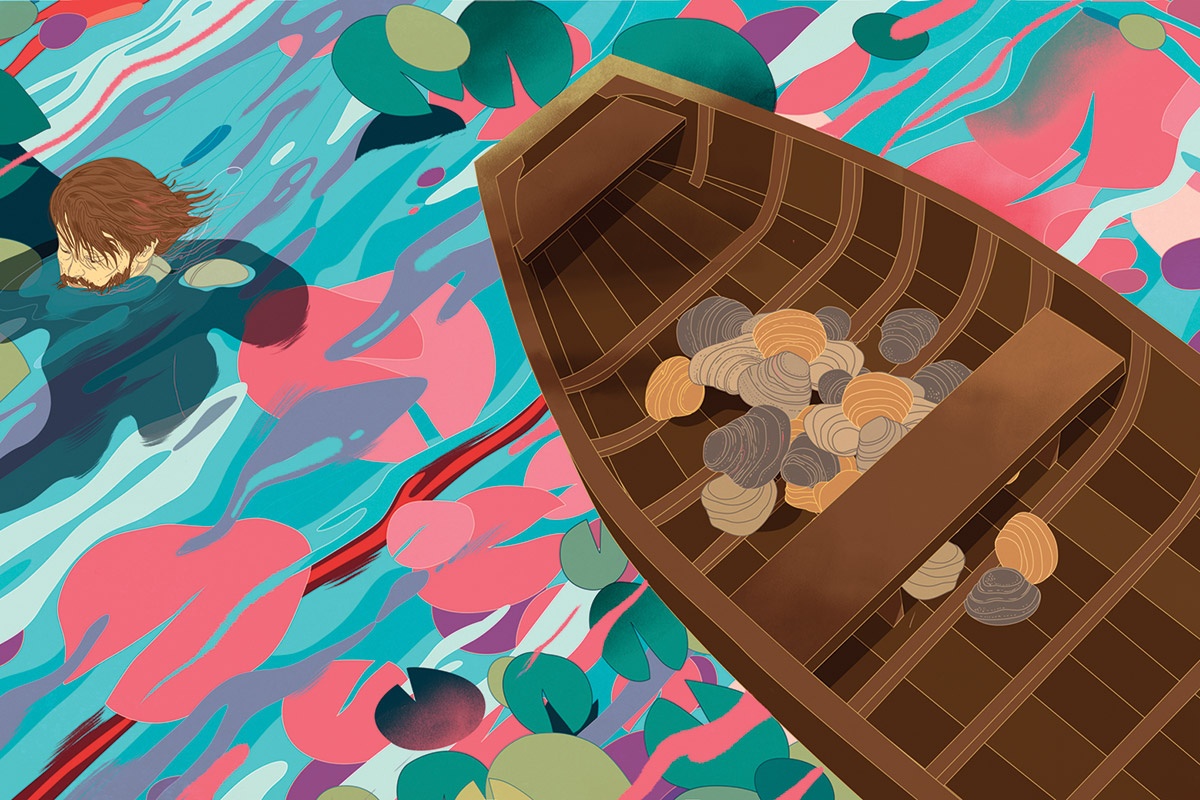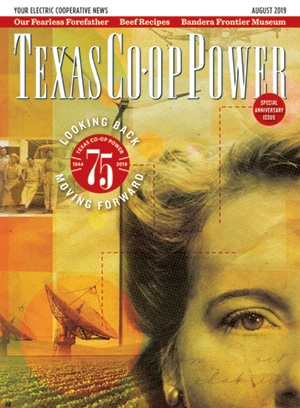Pearls, treasures found in the flesh of oysters, clams and mussels, were well-known and prized in 20th-century America. That’s why a Japanese immigrant’s 1909 discovery at Caddo Lake sparked a Texas version of the gold rush.
Sachihiko Ono Murata, believed to be the educated son of a Japanese admiral, served several years as a captain’s personal chef aboard a U.S. Navy ship in the Pacific fleet before settling on the north shore of Caddo Lake around 1905. The largest natural lake in Texas, Caddo stretches 25 miles along the Louisiana border. Murata loved the lake’s cypress trees and found a job cooking for workers on the oil rigs that dotted the lake.
The shallow lake, originally formed by a massive logjam on the Red River that was removed and replaced in the early 1900s by an Army Corps of Engineers dam, teemed with freshwater mussels, which Murata used as bait for catfish. In 1909, Murata found a large pink pearl in a mussel near Potter’s Point. A day or two later, he discovered another pearl of similar size. Rumors flew that he sold the pearls to Tiffany & Co. for $1,500 each. Treasure seekers came by wagon, on horseback and on foot to hunt for pearls.
Anglers who made their living on the lake set aside nets and trotlines and became “pearl hogs,” vernacular for folks who crawled on all fours through the shallow water picking up mussels and tossing them into small boats they dragged to hold the catch. Most of the pearl hogs were local farmers who brought their families and camped near Caddo Lake for the summer.
In those days, farmers in Texas typically made no more than $600 a year, so the promise of a pearl or two suggested a nice bonus. A pearl dealer named Dr. Owen came from Arkansas and set up his headquarters at Mooringsport, Louisiana, according to the July 1959 edition of The Southwestern Historical Quarterly. He kept a money satchel in the bottom of his boat, and when someone shouted “Pearl!” he motored to the hunter and paid cash for the find.
Most of the pearls brought $20 or $25, but Mrs. Jeff Stroud of the Lewis community sold a whopper for $900, The Southwestern Historical Quarterly reported. For three summers, pearl hunting was so lucrative that commercial anglers on Caddo gave up fishing entirely, although some unlucky hunters reported that they worked for weeks without finding a single pearl.
During peak hunting season in the summer, up to 500 tents sprouted and up to 1,000 pearl hunters took to the lake each day. A problem arose once when a pile of discarded mussels created an awful stench, but a farmer brought his hogs, and they ate the decaying bivalves. Many families brought provisions from their farms, and a store from Oil City, Louisiana, periodically dispatched a hack with coffee, flour, lard and other staples.
In 1914, engineers expanded a dam built below the hunt area, and the lake rose 10 feet, flooding the mussel beds.
The mussel hunters went home, and the Caddo fishermen went back to fishing. Murata then opened a fishing camp. When the FBI forced Japanese Americans into internment camps during World War II, Louisiana and Texas officials, led by Texan “Cap” Taylor (Lady Bird Johnson’s father), who lived in nearby Karnack, persuaded the agents to leave Murata undisturbed. He died at his fishing camp just after the war ended.
Freshwater mussels still thrive in Caddo Lake, according to Brandon Lopes-Baca, superintendent at Caddo Lake State Park, but no collecting is allowed in the park.
Martha Deeringer, a member of Heart of Texas EC, lives near McGregor.


